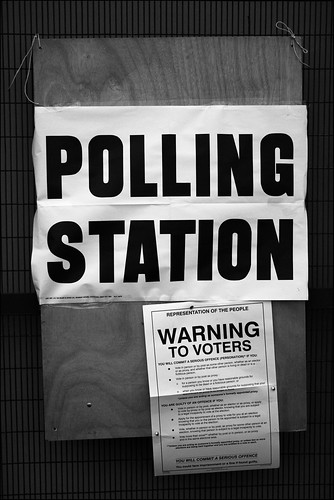 As of today, new Department of Transportation rules require most airlines operating in the US to allow passengers the opportunity to get off an aircraft after three hours of a tarmac delay. Large airlines can be fined up to $27,500 for each violation. While this new rule will literally be a great relief for many delayed passengers, significant loopholes may keep some passengers from being helped by the new rules.
As of today, new Department of Transportation rules require most airlines operating in the US to allow passengers the opportunity to get off an aircraft after three hours of a tarmac delay. Large airlines can be fined up to $27,500 for each violation. While this new rule will literally be a great relief for many delayed passengers, significant loopholes may keep some passengers from being helped by the new rules.Basics of the new rules
According to the DOT, US airlines operating domestic flights may not permit an aircraft to remain on the tarmac at large and medium hub airports for more than three hours without deplaning passengers, with exceptions allowed only for safety or security reasons or if air traffic control advises the flight crew that returning to the terminal would disrupt airport operations.
US carriers operating international flights departing from or arriving in the United States must specify, in advance, their own time limits for deplaning passengers, with the same exceptions applicable. Non-US carriers operating a code share flight with a US carrier must comply with these rules (though other non-US carriers do not have to comply).
Carriers are required to provide adequate food and potable drinking water for passengers within two hours of the aircraft being delayed on the tarmac and to maintain operable lavatories and, if necessary, provide medical attention.
Loophole for smaller airports
The new rule leaves airlines quite a few opportunities to keep passengers on the tarmac for more than three hours. One of the loopholes is implied by the DOT specifying the the rule applies to "large and medium hub airports." Deep inside a DOT document about these new rules were both the definitions of a large and medium hub airport, and the fact that only 69 airports meet one of these definitions (see below). Given that there are about 450 airports in the US offering airline service, a significant fraction of passengers may be forced to stay on an aircraft well past the three hour mark.
- Large hub airports: ATL, BOS, BWI, CLT, DCA, DEN, DFW, DTW, EWR, FLL, HNL, IAD, IAH, JFK, LAS, LAX, LGA, MCO, MIA, MSP, ORD, PHL, PHX, SAN, SEA, SFO, SLC and TPA
- Medium hub airports: ABQ, ANC, AUS, BDL, BNA, BUF, BUR, CLE, CMH, CVG, DAL, HOU, IND, JAX, MCI, MDW, MEM, MHT, MKE, MSY, OAK, OGG, OKC, OMA, ONT, ORF, PBI, PDX, PIT, PVD, RDU, RNO, RSW, SAT, SDF, SJC, SJU, SMF, SNA, STL and TUS
There was a recent extreme tarmac delay event were it appears that the passengers would not have been eligible for the benefits of this new rule. Last month, a Virgin America flight from Los Angeles to New York took about an extra 12 hours to complete, including about four hours waiting on the tarmac at Stewart International airport in Newburgh, NY airport. This airport (SWF) was definitely not in the list of large or medium hub airports.
Two lavatory loopholes
There are two separate loopholes concerning the availability of lavatories. First, the requirement to have access to a lavatory during a tarmac delay does not apply to aircraft that don't have a lavatory. Also, some aircraft with a single lavatory are allowed to fly in some circumstances without an operating lavatory. So long as the airline informs passengers before the flight, the airline would not be in violation of the new rules of that aircraft were involved in a tarmac delay of up to three hours. Review the DOT FAQ document for additional details.
What is adequate food and water?
Within that same DOT document of FAQs about these new rules was a discussion of what qualifies as adequate food and water. While the DOT does not expect airlines to provide full meal service, the document did say that a granola bar or an individual pack of snack food, along with a 12 ounce bottle of water, would be sufficient.
What should you do to prepare for a delay?
It spite of the new rules, it is clear that a passenger may still experience a tarmac delay where there is no access to a lavatory, food, or sufficient water. While a delay may be inconvenient, it does not have to be uncomfortable. Taking the following basic steps on every flight should keep your bad experience from turning into a terrible one:
- Keep all prescription medicine and other essential medical supplies with you in your carry on bag.
- Bring along a snack or a small meal in your carry on bag.
- If you have a medical exemption that allows you to bring liquids through security, do so.
- If you are traveling with an infant or small child, TSA will allow you to carry baby formula, breast milk, juice or water through security.
- If you don't have a medical exemption, buy a bottle of water or juice after you go through security and before you get on the airplane.
- Visit tsa.airsafe.org for a list of additional exemptions for liquids.
Airlines with 3+ hour delays 2008-2009
How to complain to your airline
Photo Credit: Matthew and Tracie





























